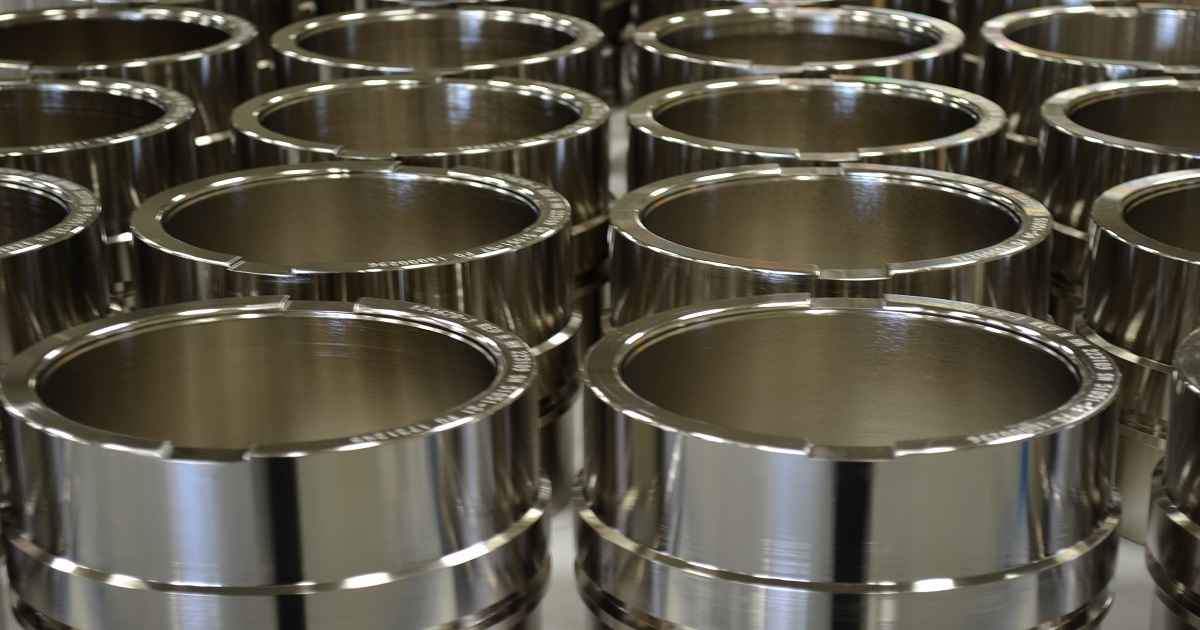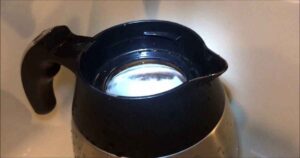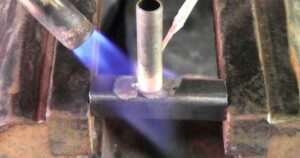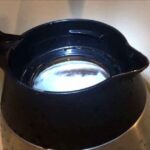How to Tell if Something is Stainless Steel: A Practical Guide
In the world of metals, stainless steel is renowned for its strength, durability, and resistance to corrosion. It’s a common material in everything from kitchen utensils to construction materials. But how can you tell if an item is made of stainless steel, especially when it’s often confused with other metals? This guide will provide you with clear, straightforward methods to identify stainless steel items.
Understanding Stainless Steel
Stainless steel is an alloy of iron, chromium, and, in many cases, nickel and other metals. This composition gives it its corrosion-resistant properties. However, not all stainless steels are created equal, and they can vary in appearance and magnetic properties depending on their specific composition.
Visual Inspection
- Check for a Shine: Stainless steel typically has a significant shine and a smooth surface. However, keep in mind that some finishes may appear matte or brushed, so this is not the only indicator.
- Look for Markings: Manufacturers often mark stainless steel items with a grade number, such as 304 or 316. These numbers indicate the quality and composition of the steel, with 316 being more resistant to corrosion than 304.
Magnet Test
One of the simplest ways to test for stainless steel is using a magnet. Stainless steel is generally non-magnetic, but there’s a catch: some stainless steels, especially those with a high iron content, can be magnetic. If the magnet sticks strongly, the item might not be stainless steel or could be a lower grade that includes more iron.
The Rust Test
While stainless steel is known for its resistance to rust, it isn’t completely impervious, especially in environments with high salinity or exposure to corrosive chemicals. However, if an item rusts easily and significantly, it’s likely not high-quality stainless steel. Exposure to water or salt spray over time can help determine an item’s resistance to rust, but this method is more observational and less immediate.
Weight and Sound Test
Stainless steel has a higher density than materials like aluminum or silver, making it heavier by comparison. When tapped with something hard, stainless steel produces a ringing sound, unlike the duller sounds produced by other metals.
The Acid Test
For those who have access to nitric acid, a small drop on the surface of the metal can be revealing. Stainless steel will not react visibly to the acid, while other metals, including lower grades of stainless steel, may develop a greenish color. This test should be done with caution, using appropriate safety equipment and in a well-ventilated area.
Professional Evaluation
When in doubt, a professional metallurgist can analyze the metal using more sophisticated methods, such as X-ray fluorescence (XRF) analysis. This is especially useful for valuable items or when an accurate composition analysis is required.
Common Applications of Stainless Steel
Understanding where stainless steel is commonly used can also guide identification. Kitchen appliances, cutlery, construction materials, and medical equipment frequently utilize stainless steel for its corrosion resistance and strength.
Caring for Stainless Steel
Proper maintenance can also give clues to an item’s composition. Stainless steel benefits from regular cleaning with mild detergent and water to maintain its luster and corrosion resistance. Abrasive cleaners can damage the surface, reducing its corrosion resistance and altering its appearance.
FAQs
- Can stainless steel become magnetic?
- Yes, certain types of stainless steel can exhibit magnetic properties, especially if they are cold-worked or contain higher levels of iron.
- Why is stainless steel preferred in kitchens?
- Its resistance to rust and corrosion, along with its ease of cleaning, makes it ideal for kitchen environments where hygiene is paramount.
- Does stainless steel scratch easily?
- While durable, stainless steel can scratch, especially on surfaces with polished finishes. However, scratches can often be buffed out or minimized with proper care.
Identifying stainless steel enriches your understanding of the materials around you, enabling informed decisions whether you’re purchasing new items, examining antiques, or working on projects that require specific materials. With practice, the signs of stainless steel become more apparent, adding to your toolkit of practical knowledge.
Conclusion
Identifying stainless steel requires a combination of visual inspection, physical tests, and sometimes professional analysis. While no single test is foolproof due to the variety of stainless steel grades, using several methods in conjunction can provide a reasonable assurance of an item’s material composition. Whether you’re a collector, a DIY enthusiast, or simply curious, knowing how to tell if something is stainless steel is a useful skill that can help you assess the quality and durability of metal items around you.













